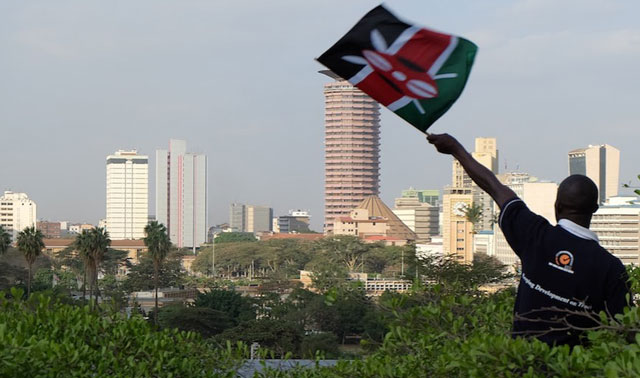
Nairobi, Kenya | ISS AFRICA | Two cheers for democracy. That would probably be a fair verdict on last week’s general elections in Kenya. It was free-ish and fair-ish. Over 15 million Kenyans stood in lines, often long, to elect a president, senate, national assembly, governors and members of assemblies for 47 counties, and women’s representatives.
President Uhuru Kenyatta won a second and last term with just over 54% of the official vote. The perennial also-ran Raila Odinga lost his fourth shot at the top job, managing just over 44%. At least according to the Independent Electoral and Boundaries Commission.
Predictably Odinga again cried foul and claimed Kenyatta’s Jubilee coalition had stolen the election by hacking into the experimental electronic voting system. But none of the many election observers bought that argument. Certainly not the African missions, such as the African Union’s led by former South African president Thabo Mbeki. He cited this election as an example for all other African countries to follow.
Not even the Carter Center election mission led by former US secretary of state John Kerry was willing to support Odinga. Kerry pointed out that the electronic results were ultimately irrelevant as they had been fully backed up by a paper tally signed off by all party agents at each of the country’s 40 883 polling stations.
So Odinga, that most tragic figure of Kenyan politics, seems now to have finally reached the end of the road. He was last heard urging the United Nations to investigate the elections, but that seemed unlikely to happen.
READ FULL ANALYSIS HERE (click to read)
The sizeable youth vote didn’t support Odinga’s grievance-centred, backward-looking campaign. #Kenya ISS Today https://t.co/1bKxVNH1tF pic.twitter.com/FYyCwxDoiI
— ISS (@issafrica) August 17, 2017
 The Independent Uganda: You get the Truth we Pay the Price
The Independent Uganda: You get the Truth we Pay the Price



